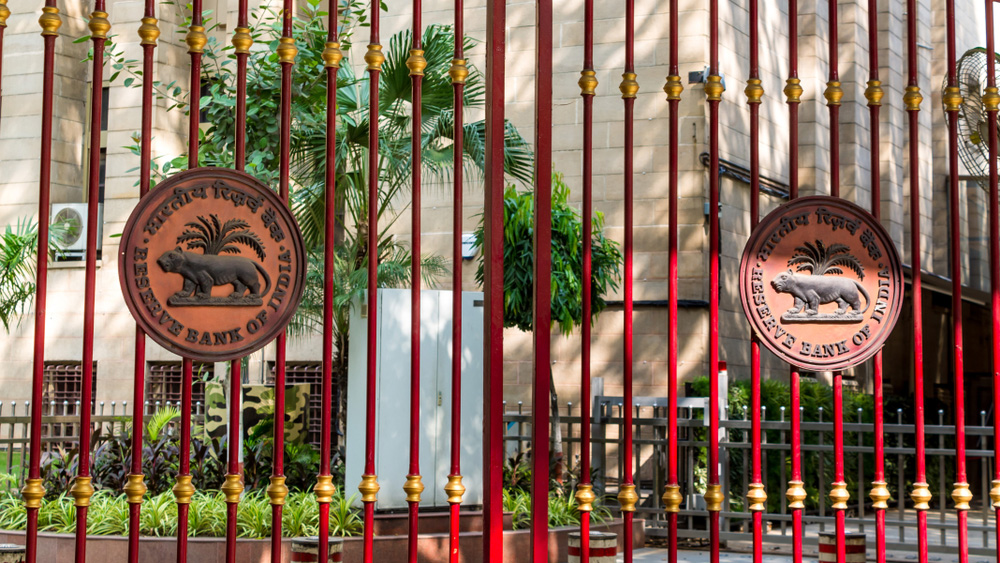Banks likely to hike interest rates on various loans following the increase in key policy rate by RBI; experts predict another rate hike as inflation remains a concern
EMIs for home, auto, and other loans are expected to rise further after the Reserve Bank of India’s Monetary Policy Committee (MPC) increased the repo rate, by 35 basis points to 6.25% on Wednesday (December 7). The central bank decided to hike the repo rate in an effort to curb retail inflation.
As a result, the rate for the standing deposit facility (SDF) has been adjusted to 6%, while the rate for the marginal standing facility (MSF) and the Bank Rate have both been changed to 6.50%.
The central bank last raised the key benchmark rate by 50 basis points on September 30. Since April, the repo rate has gone up by 225 basis points (bps). This is the fifth time in a row that the MPC has raised the rate.
The MPC cut the Gross Domestic Product (GDP) growth for FY23 from 7% to 6.8%. In September, the growth estimate was set at 7%. However, the RBI reported that growth conditions were stable relative to other global economies.
“In this hostile international environment, the Indian economy remains resilient, drawing strength from its macroeconomic fundamentals. Our financial system remains robust and stable. Banks and corporates are healthier than before the crisis. Bank credit has been growing in double digits for 8 months now. India is widely seen as a bright spot in an otherwise gloomy world,” RBI Governor Shaktikanta Das said.
“Agriculture sector remains resilient. Manufacturing and services PMIs for India in November are among the highest in the world. Construction activity is picking up after the end of the south-west monsoon, as indicated by high growth of steel consumption in October,” Das added.
For the time being, the RBI has kept its inflation forecast for FY23 at 6.7%, but it has raised its forecasts for Q3 FY23 and Q4 FY23 to 6.6% and 5.9%, respectively.
Das talked about liquidity and said that the RBI is ready to use the LAF (liquidity adjustment facility) to put money into the economy. The overall system liquidity remains in surplus and liquidity conditions are likely to get better in the near future, noted Das
What financial experts and economists are saying
Rajiv Sabharwal, MD & CEO of Tata Capital Ltd., said, “We anticipate another increase post March. The Indian financial system will be directly affected by the way the global market moves and by events like the Fed hike and inflationary pressure. The RBI is aware that both global and national inflation will continue for a while longer, so efforts are being made in all possible directions to limit the impact on the primary market. Also, the RBI has done a commendable job of ensuring there is liquidity in the system.”
“We expect GDP growth of 6.8% in FY23 and expect growth in Q3 & Q4 to be between 4-4.5%. For FY24, we expect GDP growth of 6%, with downside risks to our forecasts. There are risks stemming from the slowdown in global growth and the impact of inflation and tighter financial conditions on the consumption recovery,” the HDFC Bank, Treasury Economics Research team stated.
Indranil Pan, Chief Economist, Yes Bank, said, “Given our own model estimates we think that a sub-6% inflation could only be possible around February 2023. We now expect the RBI to raise the repo rate by 25 basis points in February 2023 and remain open to more rate increases in FY24, but this could be crucially dependent on the global rate hike cycle, currency market dynamics, and the pace at which domestic inflation comes down.”
Govind Singh, MD and CEO, Utkarsh Small Finance Bank, said that implementation of digital payments by the RBI has been a success in India. “It has been transparent, proven and indisputable. Today, it is among the most sought-after methods of payment in retail establishments across the country. In recent times, UPI alone accounted for 19.65 billion transactions in volume and Rs 32.5 lakh crore in value. The introduction of these measures by the RBI augurs well for the establishment of a cashless economy in the country,” added Singh.
Read the RBI report here



